Financial Performance Analysis Report for AGL Energy
VerifiedAdded on 2022/10/03
|10
|571
|141
Report
AI Summary
This report provides a financial analysis of AGL Energy, examining its performance based on key financial statements and ratios. The report begins with an overview of AGL Energy's business, highlighting its role in the energy sector and its historical context. It then identifies key items from the financial statements, such as borrowings, cash equivalents, and property, plant, and equipment, emphasizing their significance in assessing the company's financial health. The analysis further delves into the application of accounting conventions, specifically the historical cost convention, and its impact on financial reporting. The core of the report focuses on the evaluation of financial performance through liquidity, efficiency, and profitability ratios. It discusses the current ratio and quick ratio for liquidity, receivable turnover and inventory turnover ratios for efficiency, and net profit margin and gross profit margin for profitability. The report concludes by summarizing the company's improved financial standing across these metrics and references relevant sources, including AGL's annual reports and academic research on financial ratios and analysis.
1 out of 10


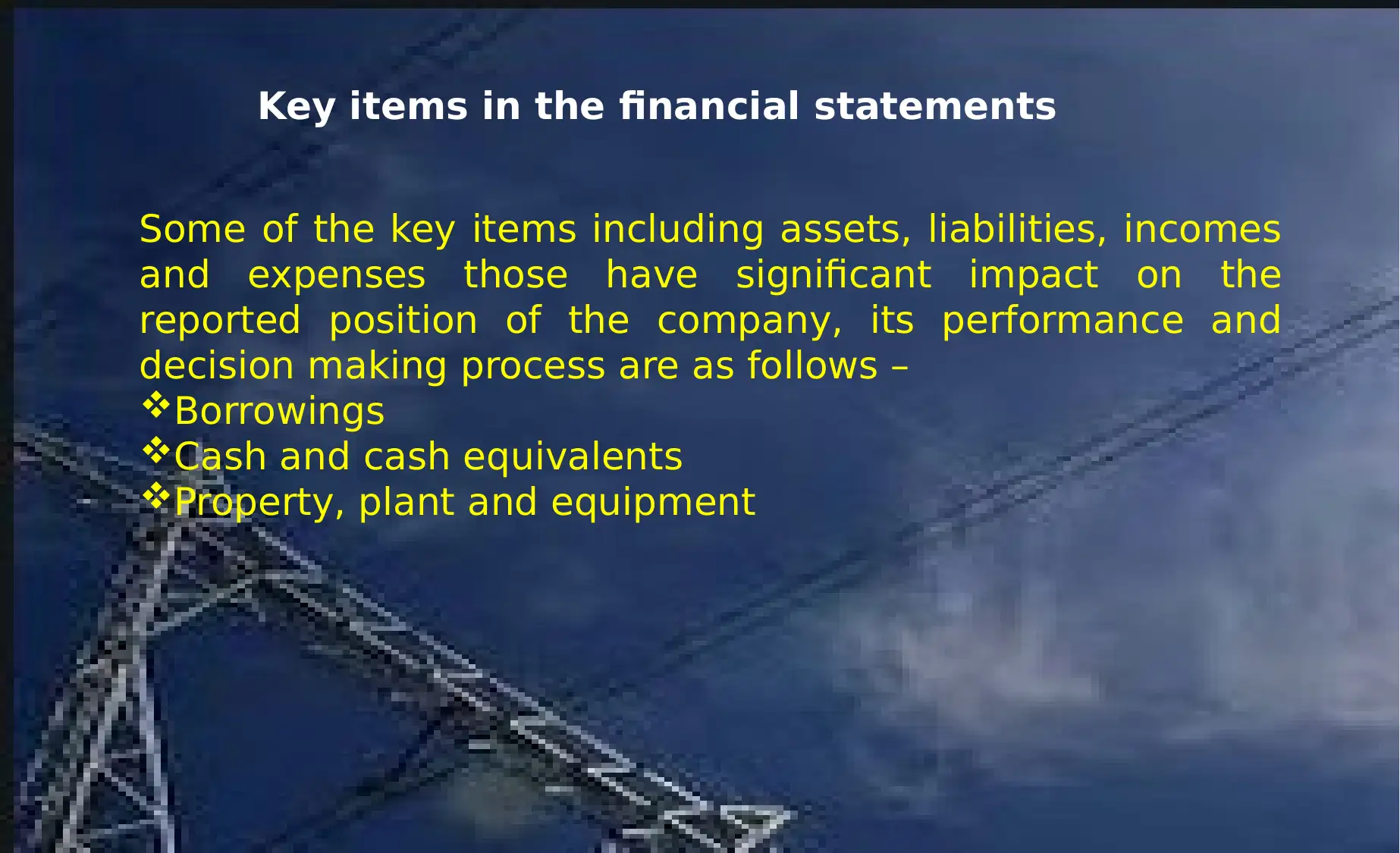

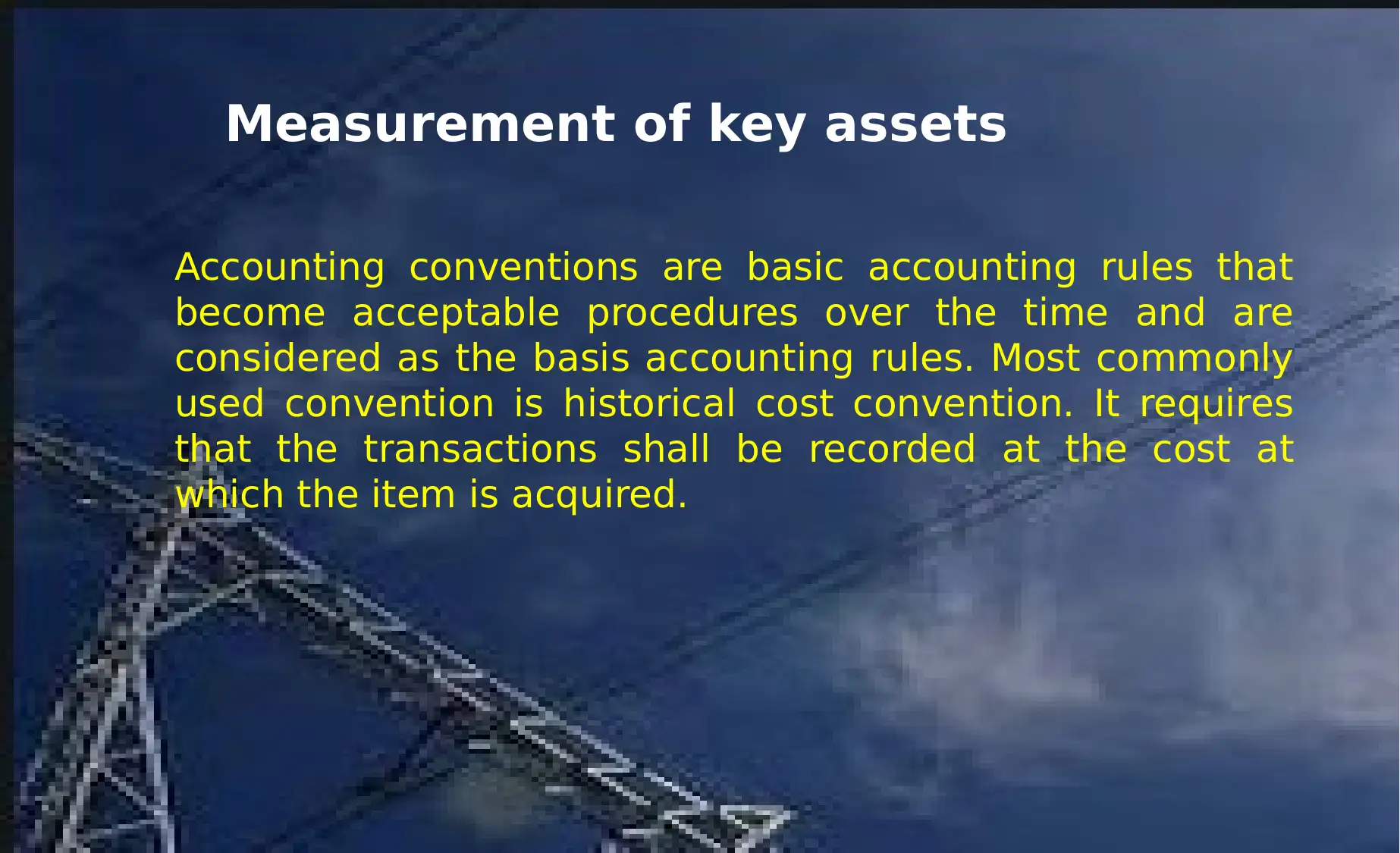
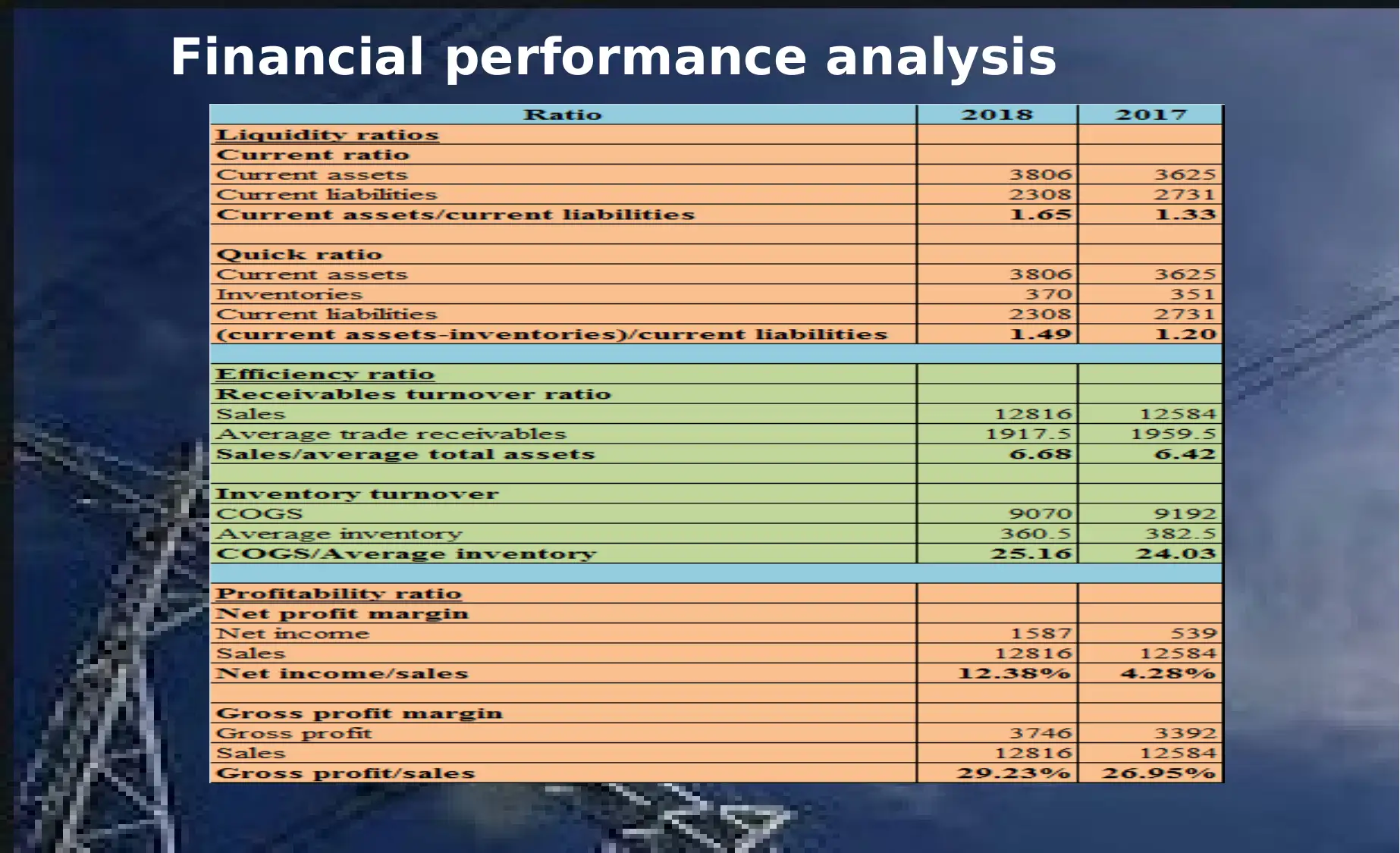

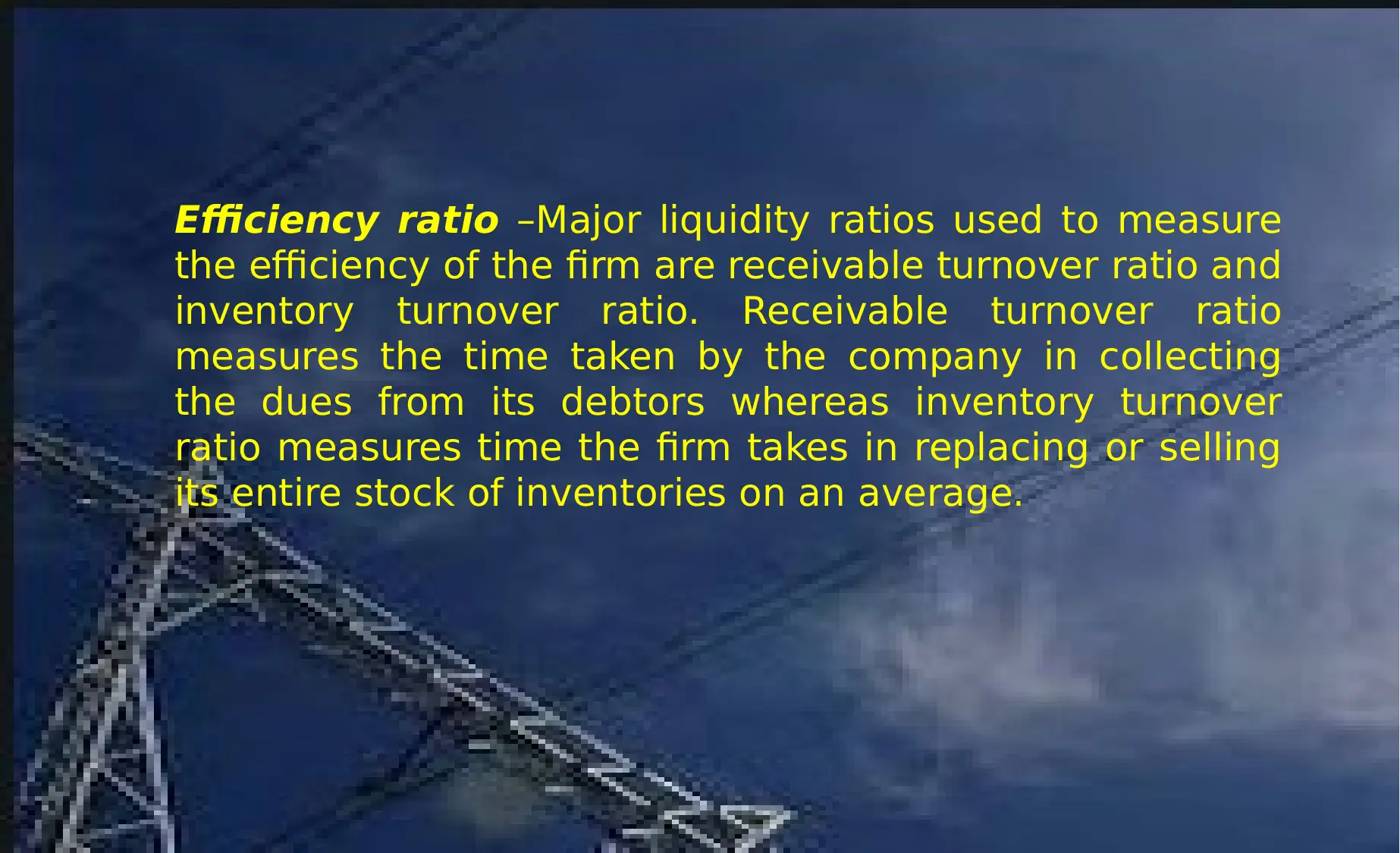
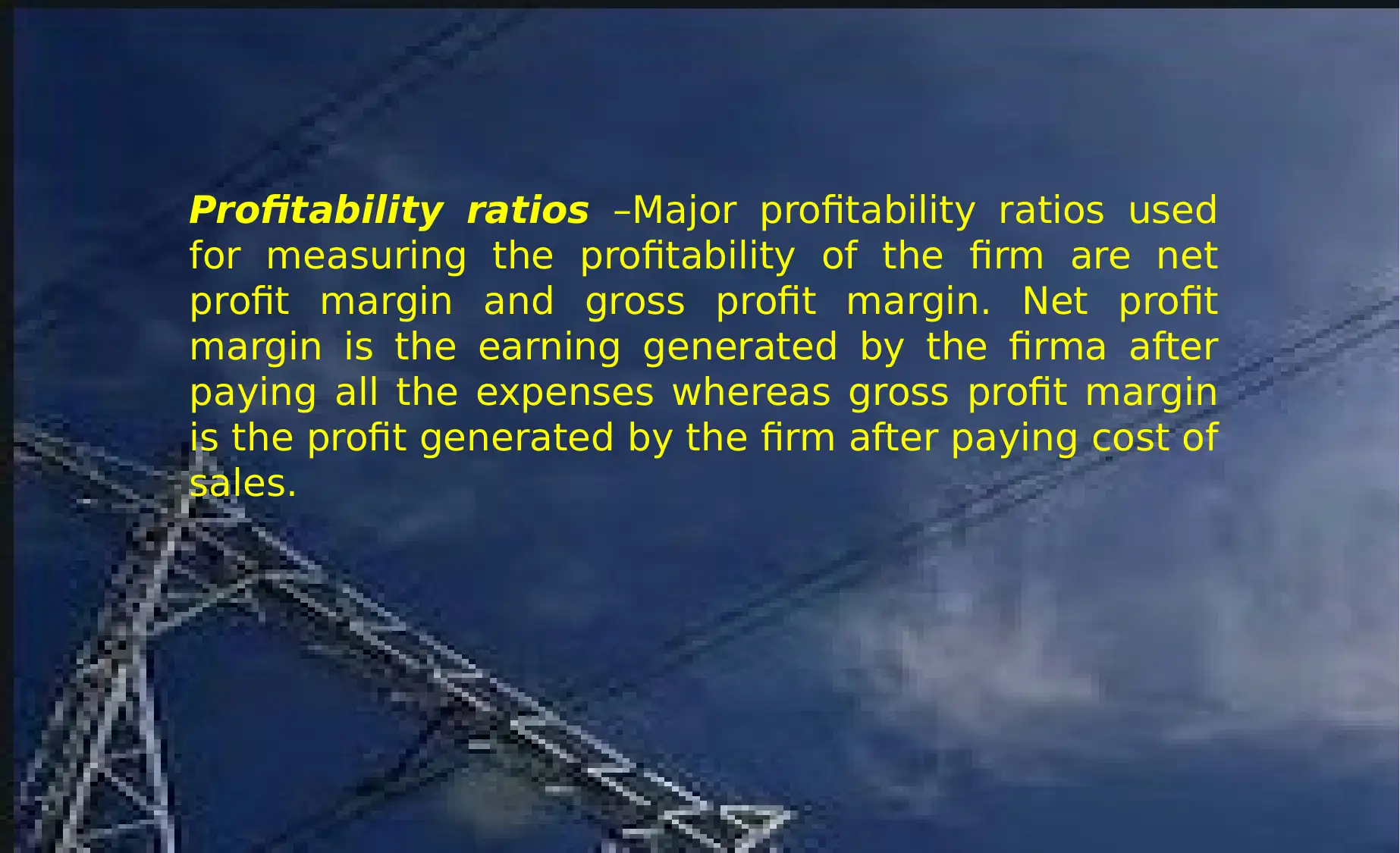

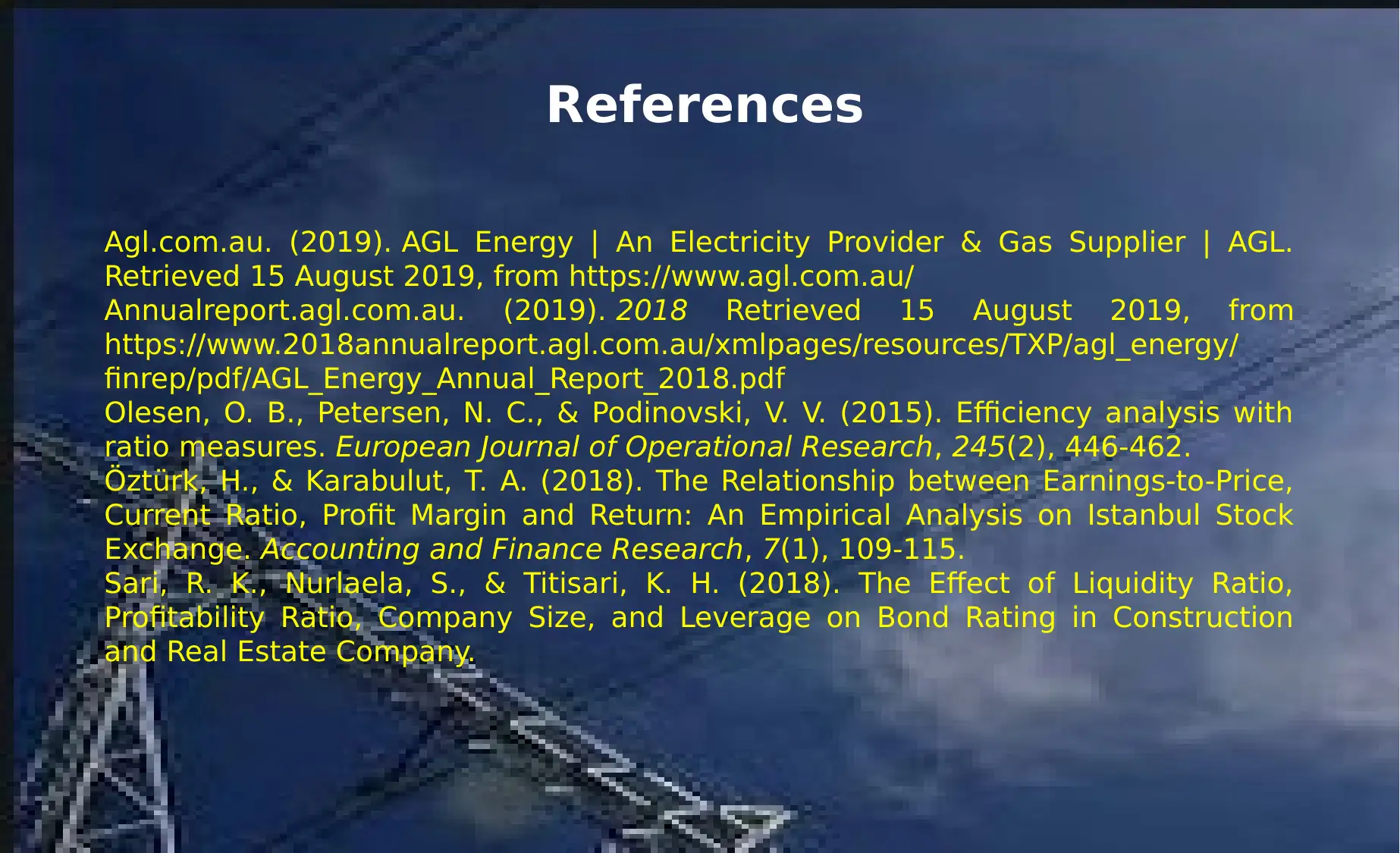






![[object Object]](/_next/static/media/star-bottom.7253800d.svg)